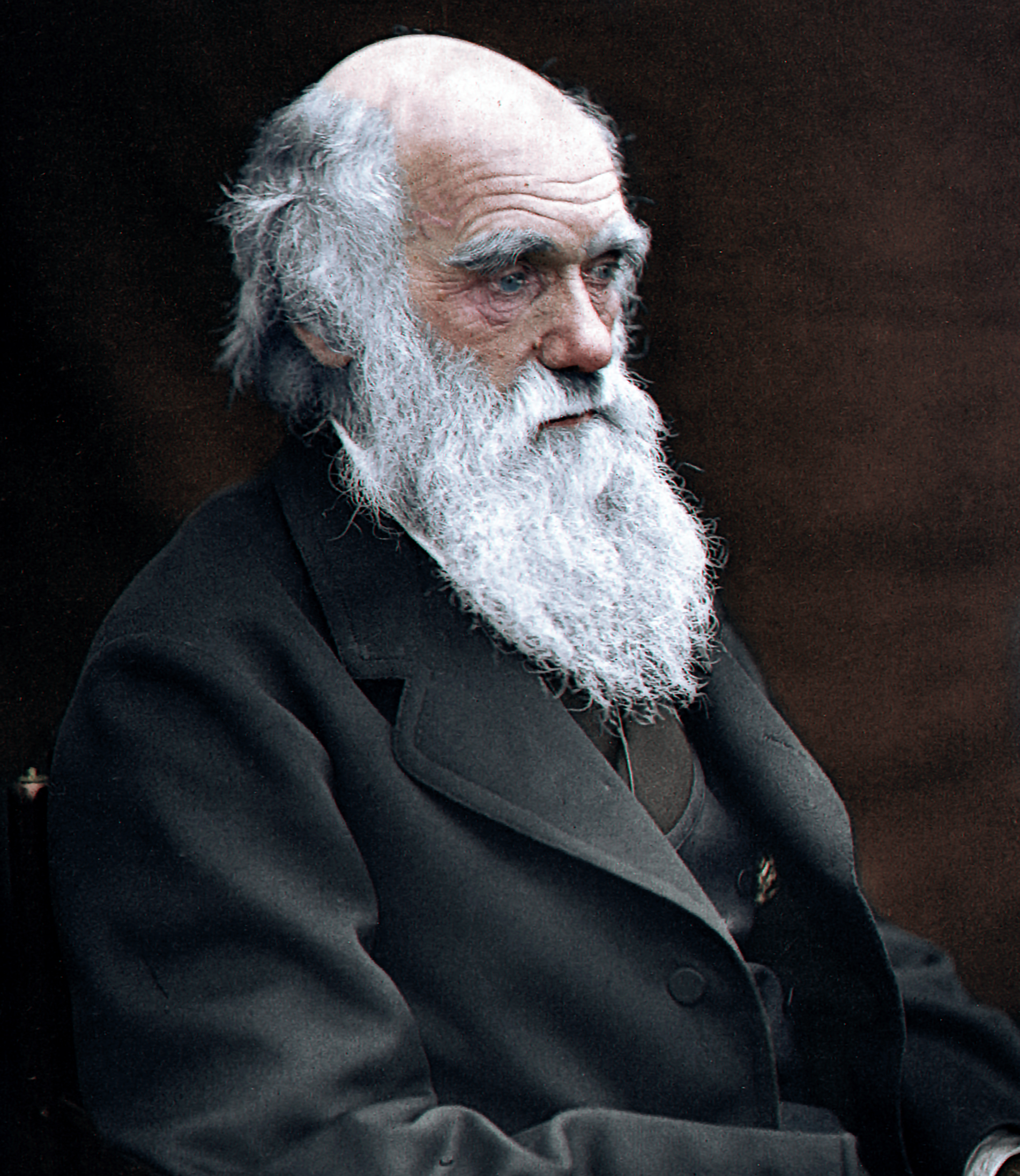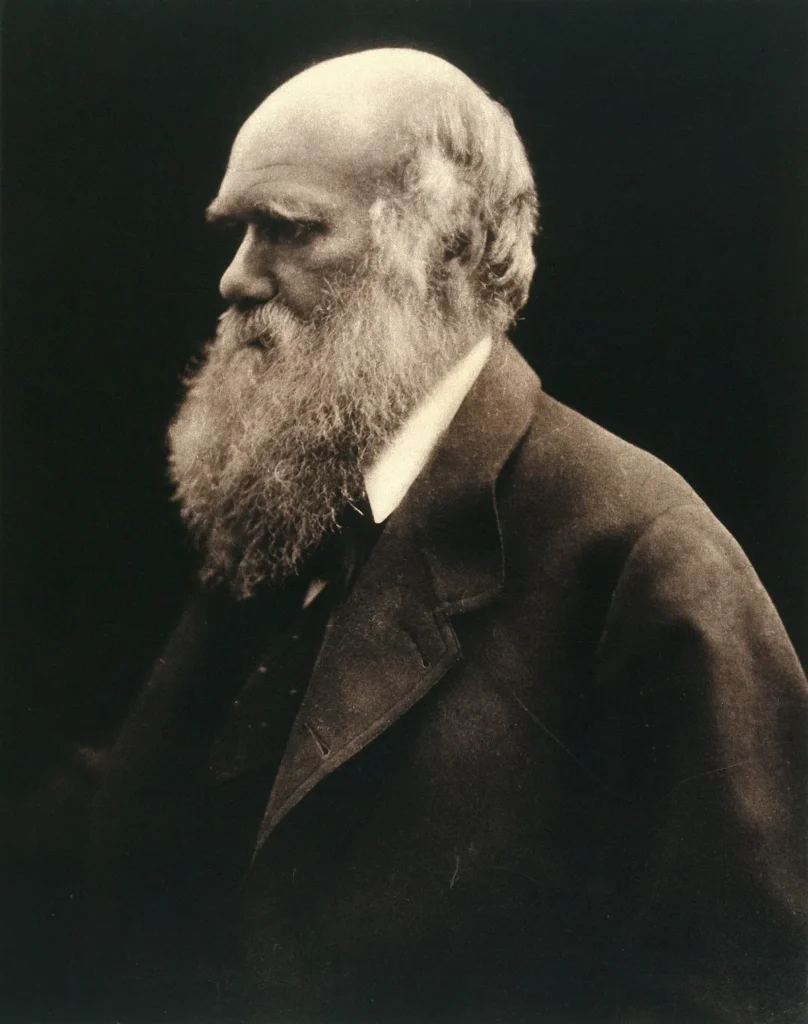“Charles Darwin’s Rocks of Ages: Time, Faith, and the Foundations of Evolution”

When Charles Darwin set sail aboard the HMS Beagle in 1831, he carried more than a curiosity about plants and animals—he carried the seeds of a scientific revolution. Among his most profound influences wasn’t just biology, but geology. The “rocks of ages” Darwin encountered on his five-year voyage helped him piece together the immense timescale necessary for evolution by natural selection. This concept of deep time became a cornerstone of Darwin’s work, providing both the temporal canvas and scientific framework for his theory.
In this long-form article, we explore how Darwin’s understanding of geology—formed through direct observation, reading, and mentorship—shaped the Origin of Species, challenged Victorian religious beliefs, and forever altered how humanity understood its place in the natural world.
Before Darwin: A Young Earth and Biblical Time
In the early 19th century, the dominant worldview in Britain adhered closely to biblical chronology, particularly the interpretation that Earth was around 6,000 years old. This perspective, upheld by many clergy and even some scientists, traced the planet’s creation to 4004 BCE, as calculated by Bishop James Ussher.
Earth’s geological features—mountains, fossils, sediment layers—were often explained by catastrophism, such as the biblical Flood, rather than slow natural processes. Into this religiously defined framework, Darwin would introduce the concept of eons of slow, observable change.
Charles Lyell and the Principles of Geology
Before and during his voyage, Darwin read the works of Charles Lyell, particularly the seminal Principles of Geology (1830–1833). Lyell proposed uniformitarianism—the idea that Earth’s features were shaped by gradual processes like erosion, sedimentation, and volcanic activity, occurring over millions of years.
Lyell’s work did two things for Darwin:
- It decoupled geology from divine catastrophe, offering instead a vision of a constantly changing Earth.
- It gave Darwin the time needed—vast, deep, unimaginable time—for natural selection to operate.
Darwin would later describe Lyell as one of the most important influences on his scientific thinking.
The Voyage of the Beagle: Rocks that Told Stories
During the Beagle expedition (1831–1836), Darwin meticulously studied geological formations across South America, the Galápagos, and various volcanic islands.
- In Chile, he witnessed an earthquake that raised the coastal land—a dramatic, real-time example of Lyell’s theory.
- In the Andes, he found fossilized seashells at elevations over 12,000 feet, suggesting the mountains had once been ocean floor.
- On the Galápagos Islands, he observed distinct volcanic structures and unique species—early evidence of speciation and geological isolation.
Darwin wasn’t merely collecting rocks; he was assembling evidence of a dynamic Earth, where time left physical marks and species adapted to slow-moving forces.

Fossils and Extinctions: Layers of Life
In Argentina, Darwin discovered the fossils of extinct megafauna—giant sloths and armadillo-like creatures—buried next to modern relatives. He began to ask profound questions:
- Why had these ancient animals vanished?
- What connected them to living species?
- How did the environment shape both the past and the present?
These fossils, embedded in rock strata, told a story of biological succession. The layers of Earth became a natural archive, chronicling life’s transformation over time.
The Conflict with Creationism
Darwin’s geological observations increasingly brought him into conflict with biblical literalism. While Lyell himself attempted to remain neutral or compatible with religious belief, Darwin eventually broke from theological explanations.
By the time he published On the Origin of Species in 1859, Darwin firmly rejected the idea of a young Earth. His theory required immense geological time—not only for species to adapt and evolve but also for entire ecosystems to rise and fall.
Many religious thinkers found this unacceptable. The idea that nature operated without divine intervention and over millions of years directly challenged the Genesis creation story.
Rocks as Evidence: Geology in Darwin’s Evolutionary Theory
In Origin of Species, Darwin often referenced geological data to:
- Demonstrate the gradual change in species over time.
- Argue for natural selection as a slow and continuous process.
- Explain fossil gaps as consequences of an incomplete geological record.
Darwin’s trust in geology allowed him to construct a timeline of life—an evolving narrative written in stone. The “Rocks of Ages” were not sacred relics, but scientific witnesses to Earth’s deep history.
Later Years: The Fossil Record and Ongoing Debate
In the years following Origin, Darwin engaged with geologists, paleontologists, and critics who questioned the completeness and consistency of the fossil record. He acknowledged its limitations but held firm that the “imperfection of the geological record” was not evidence against evolution, but a reflection of nature’s vastness and the rarity of fossilization.
Darwin also continued to study and write about earthworms, soil formation, and other natural processes, reaffirming his belief in the power of gradual change.
Conclusion: Darwin’s Geological Legacy
Charles Darwin’s contributions to science are often remembered through the lens of biology, but it was geology—the “rocks of ages”—that grounded his revolutionary ideas. By embracing the insights of Lyell, directly observing tectonic forces, and analyzing fossil layers, Darwin developed a worldview that saw nature not as static or divinely fixed, but as fluid, ancient, and self-organizing.
His work continues to influence our understanding of:
- Earth’s deep history
- Biological evolution
- The relationship between science and religion
- Humanity’s place in the natural world
The rocks Darwin studied did more than shape landscapes—they helped reshape the very foundations of human knowledge.




